Soc Trang develops urban areas, creating momentum to promote socio-economic development
Soc Trang province strives to develop a provincial urban system of 25 urban areas by 2030, including 1 type I urban area, 2 type III urban areas, 9 type IV urban areas and 13 type V urban areas.
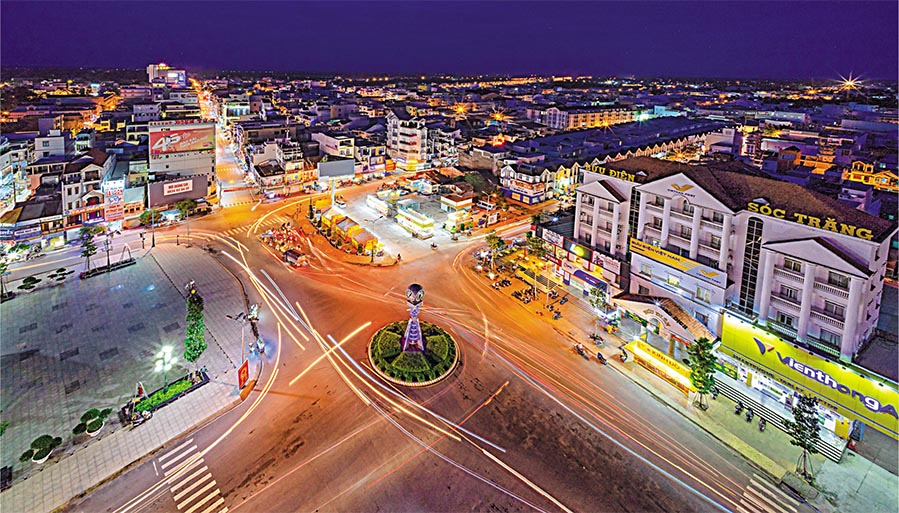 |
| Soc Trang City will be the economic center of the Eastern coastal sub-region (Photo: Soc Trang Tourism Promotion Information Center. |
Increase in quantity and quality
The urban development process in Soc Trang province has seen positive changes in recent years. The province's urban system has increased in both quantity and quality, contributing to improving the material and spiritual lives of the people. Some urban areas have exploited their potential and advantages, contributing to creating momentum for socio-economic development and economic restructuring associated with urbanization.
When the province was re-established in 1992, the whole Soc Trang province had only 7 urban areas, including 1 provincial town (type IV urban area), 6 district towns (type V urban areas). Up to now, the province has 19 urban areas, including 1 type II urban city (Soc Trang city), 2 type IV urban areas (Vinh Chau town and Nga Nam town), 16 type V urban areas (8 district towns, 4 district towns and 4 type V urban areas not yet recognized as towns). Up to now, the urbanization rate of the province has reached about 33.9%.
 Soc Trang City plays the role of economic center of the sub-region.
Soc Trang City plays the role of economic center of the sub-region.East Sea coast; center for aquaculture, fishing and seafood export; center for agricultural and aquatic product processing industry, clean energy industry; center for cultural and historical tourism .

(According to Decision No. 287/QD-TTg dated February 28, 2022 of the Prime Minister approving the Mekong Delta Regional Planning for the period 2021 - 2030, with a vision to 2050)
In recent years, Soc Trang province has focused on mobilizing many resources to invest in infrastructure construction and urban development. The Provincial Party Committee and Provincial People's Committee have always paid attention to urban renovation, beautification and upgrading, directing relevant departments, branches and units to regularly implement them.
In particular, Soc Trang City (provincial capital) is implementing the Vietnam Urban Expansion and Upgrade Project - Soc Trang City Sub-project from World Bank loans (with a total investment of nearly 1,057 billion VND), Ring Road I Project, Ring Road II Project, Resettlement Area No. 1... The remaining urban areas have also developed plans for urban renovation, upgrading, and beautification as a basis for annual implementation.
Thereby, urban space is increasingly invested in construction, upgrading, and expansion; urban landscape architecture is increasingly spacious, modern, and bustling, especially in Soc Trang City, Vinh Chau Town, and Nga Nam Town.
At the same time, many new urban and residential projects have been invested in and built in the province. Currently, the province has about 40 commercial housing projects with diverse housing types, areas and levels of amenities, not only meeting the housing needs of the people, but also contributing to creating a new look for the urban areas.
The urban traffic infrastructure system in towns, townships and Soc Trang city has been newly invested, upgraded, renovated, ensuring to meet traffic needs, creating urban beauty. Many alleys in urban areas have been renovated and expanded; drainage systems have been maintained and repaired; green trees and lighting systems on main roads have been invested in, contributing significantly to urban beautification; intersections and traffic safety systems have been regularly maintained and repaired.
The proportion of urban residents supplied with clean water through the centralized water supply system reached nearly 92%. In particular, the Surface Water Plant Construction Project (An Nghiep Industrial Park) with a capacity of 10,000 m3/day was put into operation in April 2015. The project has a total investment of nearly 53 billion VND, provided by the Dutch Government as a non-refundable aid. This project is part of the Climate Change and Water Supply Program in the Mekong Delta, contributing to meeting the increasing water demand of the people and ensuring water security.
Regarding urban wastewater drainage, the province has invested in the construction and put into operation the domestic wastewater collection and treatment system in phase I with a capacity of 13,180 m3/day - night (mechanical treatment), serving an area of 320 hectares, with a total investment of more than 194 billion VND (equivalent to 7.1 million Euro); phase II has a biological treatment scale with a capacity of 24,000 m3/day - night (biological treatment), serving an area of 650 hectares, with a total investment of more than 427 billion VND (equivalent to 16 million Euro), the project is implemented with preferential loans from the German Government through the German Reconstruction Bank (KfW); the decentralized wastewater treatment plant project in Lich Hoi Thuong town (Tran De district) has a capacity of 26 m3/day - night. The rate of urban wastewater collected and treated to meet standards and regulations according to regulations is about 17.8%.
Soc Trang City - economic center of the East Coast sub-region
According to the Soc Trang Provincial Planning for the period 2021 - 2030, with a vision to 2050 approved by the Prime Minister, Soc Trang strives to develop the province's urban system by 2030 to include 25 urban areas, including 1 type I urban area, 2 type III urban areas, 9 type IV urban areas and 13 type V urban areas, with an urbanization rate of about 40 - 45%.
By 2050, the province's urban system will be 31 urban areas, including 1 type I urban area, 1 type II urban area, 2 type III urban areas, 9 type IV urban areas and 18 type V urban areas.
In which, Soc Trang City is oriented to be the economic center of the Eastern coastal sub-region; center of agricultural and aquatic product processing industry, clean energy industry, center of cultural and historical tourism; playing the role of provincial capital, political, economic, cultural - social, medical, educational, scientific - technical, and national defense center of the province. Along with that, research on expanding administrative boundaries to create favorable conditions for the orientation that by 2030, Soc Trang City will basically meet the criteria of a class I urban area under the province.
Vinh Chau urban area is one of the central urban areas of the coastal area of Soc Trang province. Vinh Chau town is a commercial, industrial, service, landscape eco-tourism, agricultural, forestry, fishery and marine economic sectors, such as offshore wind power, brackish/saltwater aquaculture, marine logistics services. In addition, research and development of urban expansion in the direction of creating functional areas, urban areas reclaimed from the sea with nature and scale suitable to natural conditions, terrain, geology, hydrology and ensuring conditions for connection with infrastructure according to the development orientation of the town.
Nga Nam town is the center of the inland area to the southwest of Soc Trang province; it is a commercial, service and tourism urban area associated with agricultural development applying scientific and technological advances, garden eco-tourism, river tourism and traditional floating markets.
By 2030, Tran De will basically meet the criteria of a type IV urban area, a provincial town; the main spatial development direction is towards Soc Trang city and the Hau river; be the maritime economic center of Soc Trang province, strongly developing industry, trade, seaport logistics services, transportation, maritime, industrial production zones, coastal renewable energy, marine tourism and marine urban areas; connected with the seaport at the Tran De gateway, Tran De coastal economic zone, Chau Doc - Can Tho - Soc Trang expressway; be the center of aquaculture and exploitation of aquatic products, and fishery logistics services for the entire East Sea coastal region.
The planning also orients research and development of the remaining urban system commensurate with the province's potential and according to the urban classification and upgrading plan determined for each urban area in the provincial planning, on the basis of effectively exploiting the advantages of each urban area combined with the common advantages of the province with more than 72 km of coastline and about 70 km of Hau River.
At the same time, optimize the combination of renovation and embellishment of existing urban areas with the development of new urban areas with synchronous commercial and service functional areas, social infrastructure, technical infrastructure and residential areas. Research urban areas, integrated service functional areas, coastal resorts, sea encroachment, riverside; exploit tourism potentials associated with urban development in Cu Lao Dung, floating islands on the Hau River and coastal alluvial areas.
Currently, a series of key projects and works on intra-provincial and inter-regional transport infrastructure are being invested in Soc Trang province.
In particular, the highlight is Component Project 4 (the section passing through Soc Trang province has a length of about 58.37 km) under the Chau Doc - Can Tho - Soc Trang Expressway Construction Investment Project Phase I and the East-West Economic Development Axis Road Project, Soc Trang province, with a total length of 56.678 km, connecting Nga Nam town, Thanh Tri district, My Xuyen district and Vinh Chau town of Soc Trang province with Hau Giang, Bac Lieu, Ca Mau provinces... These projects, when put into use, will create a driving force to promote socio-economic development, open up economic development space, form urban, commercial - service, industrial areas..., contributing to increasing the urbanization rate of the province.
Source: https://baodautu.vn/soc-trang-phat-trien-do-thi-tao-dong-luc-thuc-day-kinh-te---xa-hoi-d226133.html



![[Photo] Urgently help people soon have a place to live and stabilize their lives](/_next/image?url=https%3A%2F%2Fvphoto.vietnam.vn%2Fthumb%2F1200x675%2Fvietnam%2Fresource%2FIMAGE%2F2025%2F12%2F09%2F1765248230297_c-jpg.webp&w=3840&q=75)




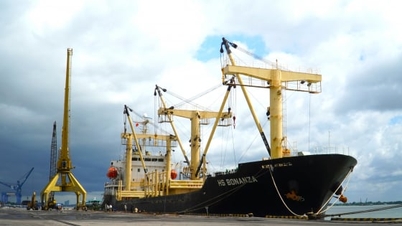

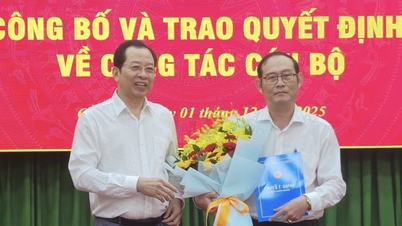




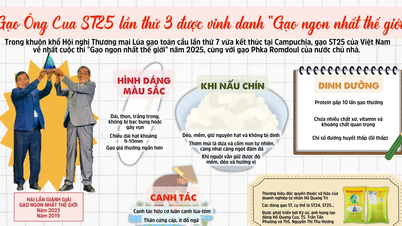

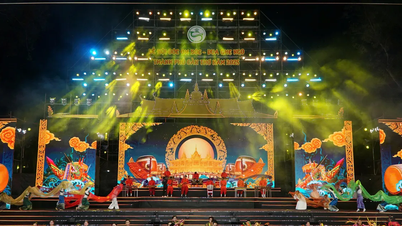

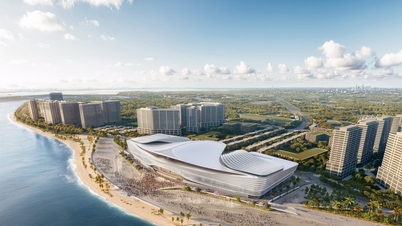

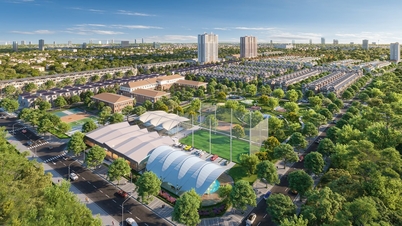
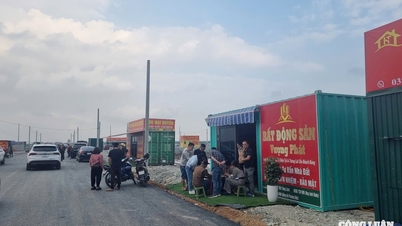
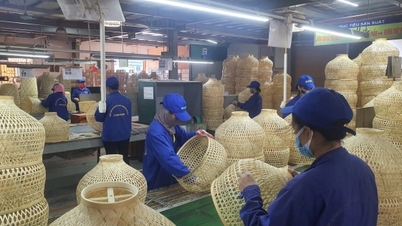








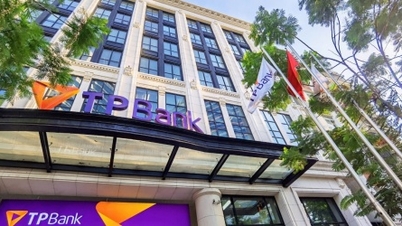
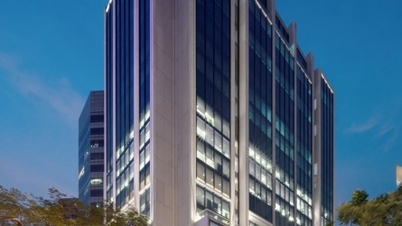




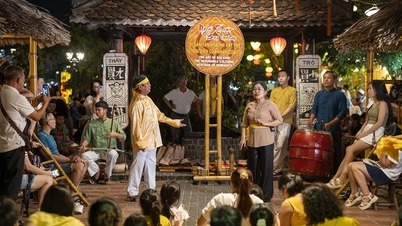

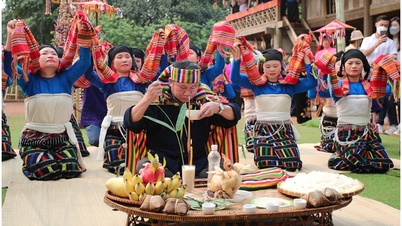


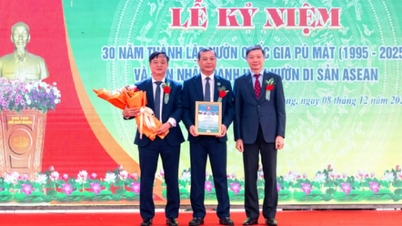


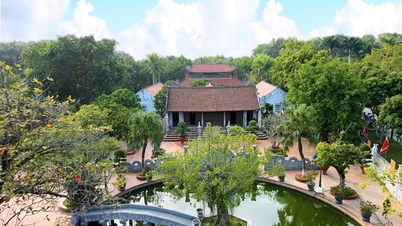
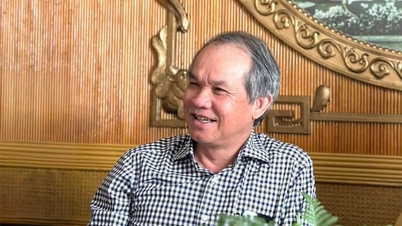


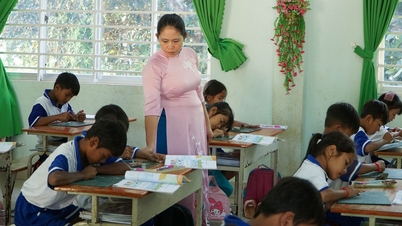
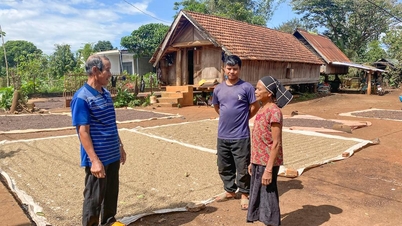

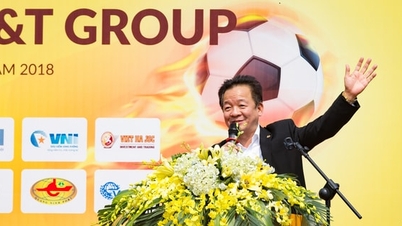

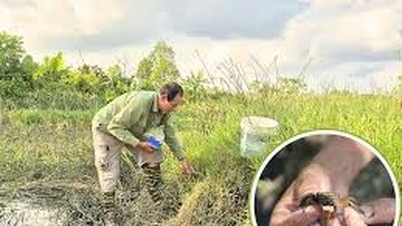

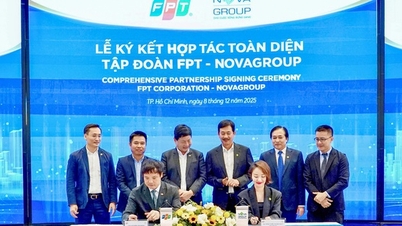

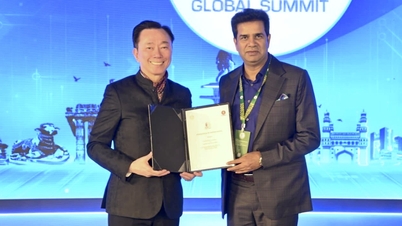

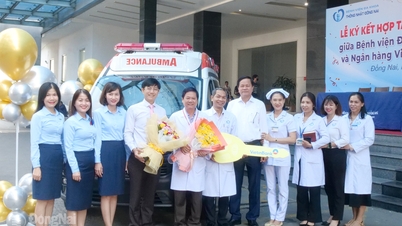

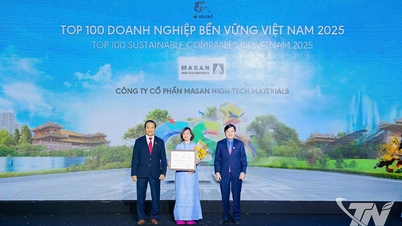


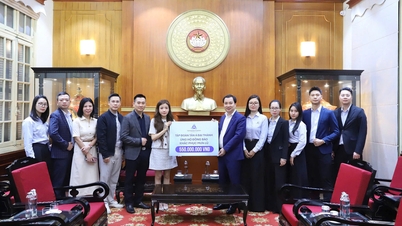

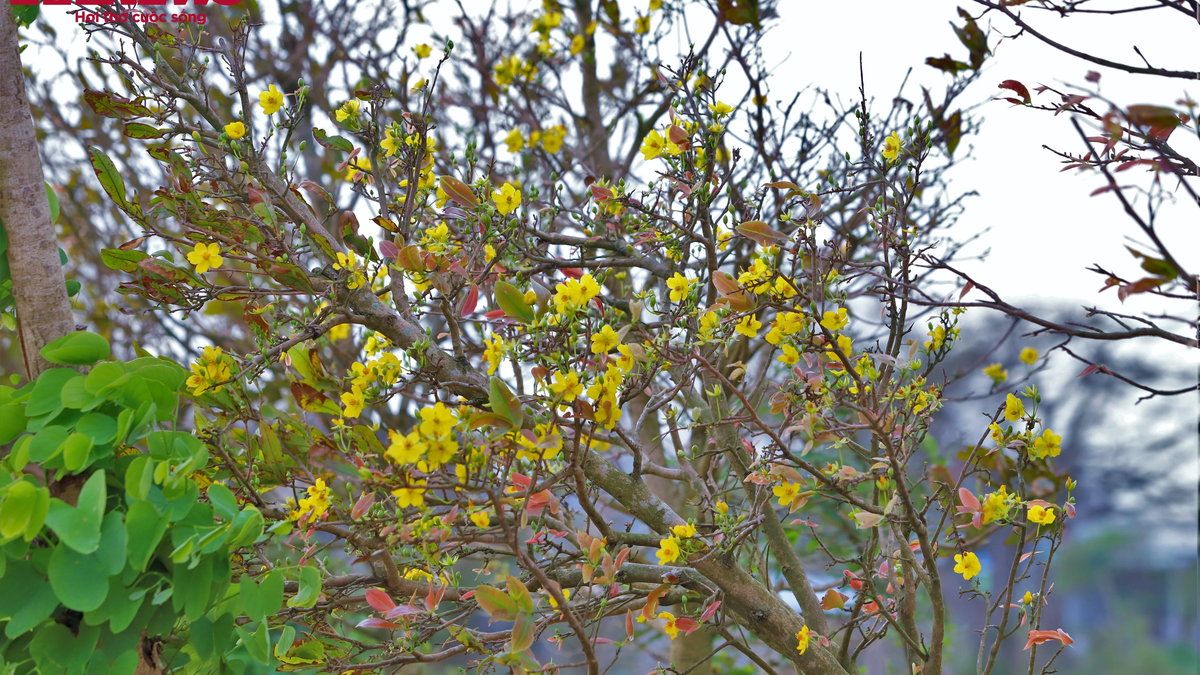

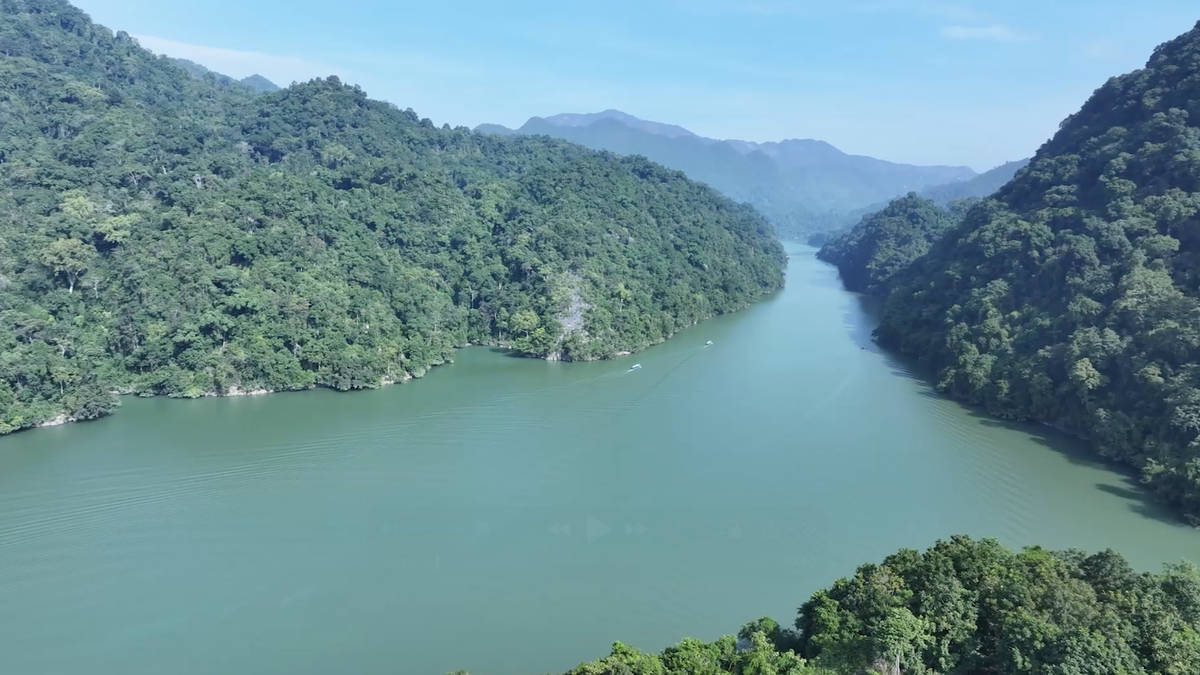



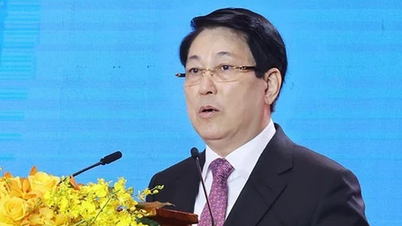
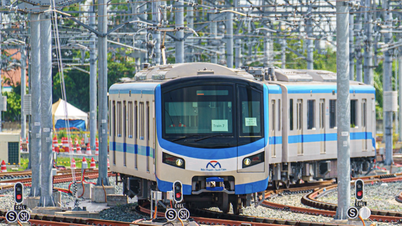

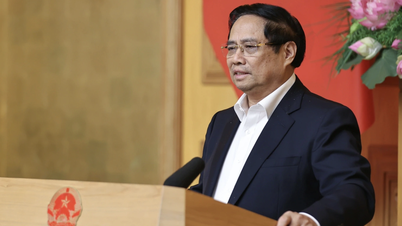

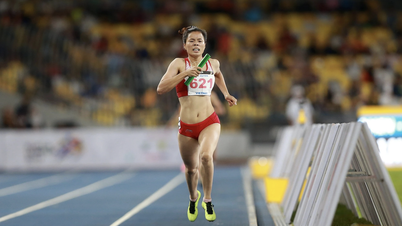

![[Photo] General Secretary To Lam works with the Standing Committees of the 14th Party Congress Subcommittees](https://vphoto.vietnam.vn/thumb/402x226/vietnam/resource/IMAGE/2025/12/09/1765265023554_image.jpeg)
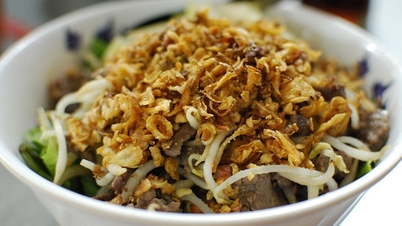

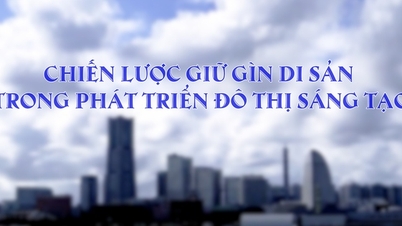

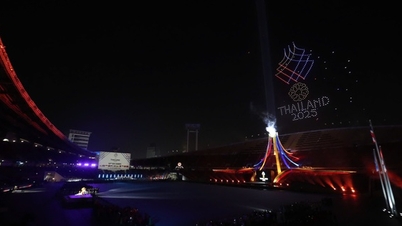


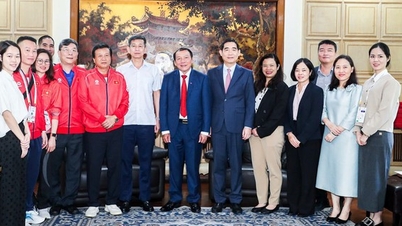


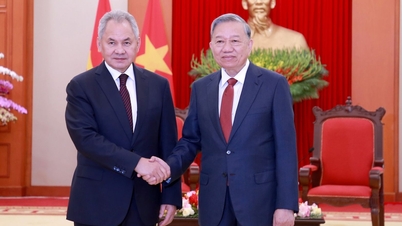
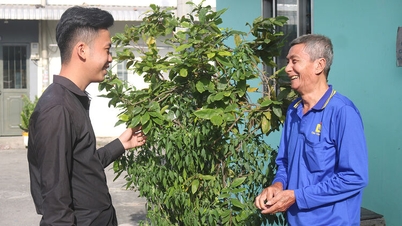
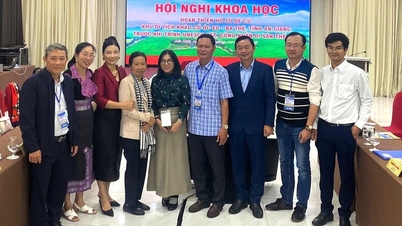

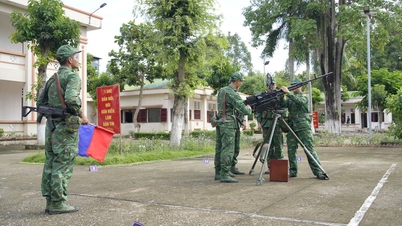
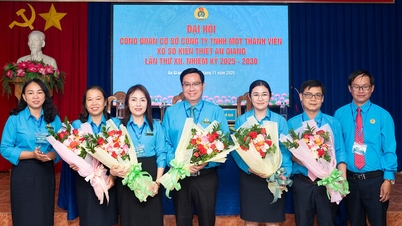
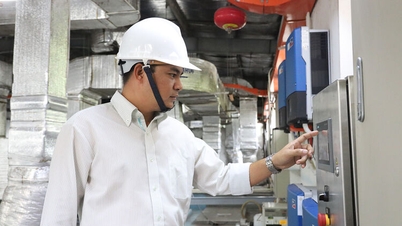










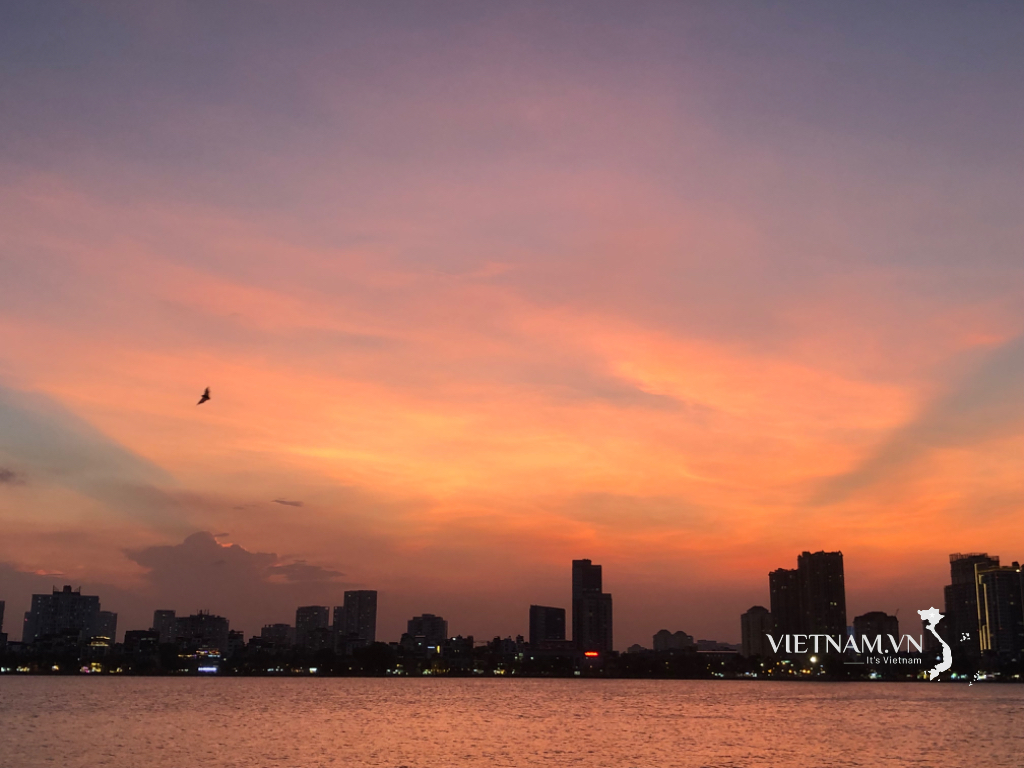
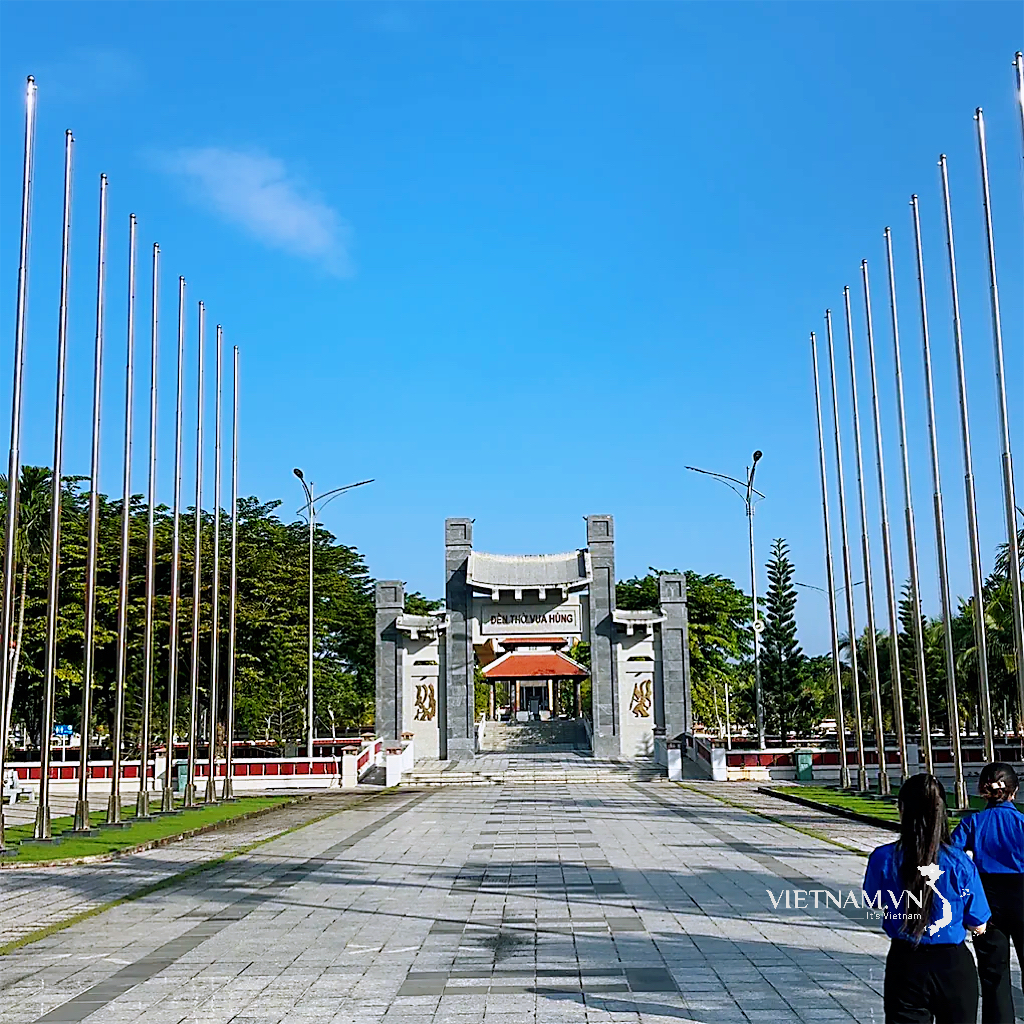




Comment (0)